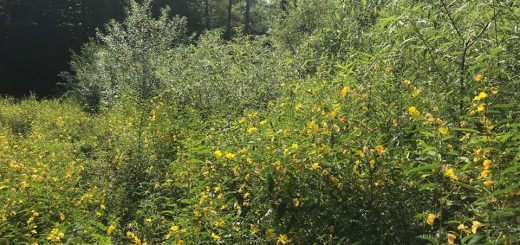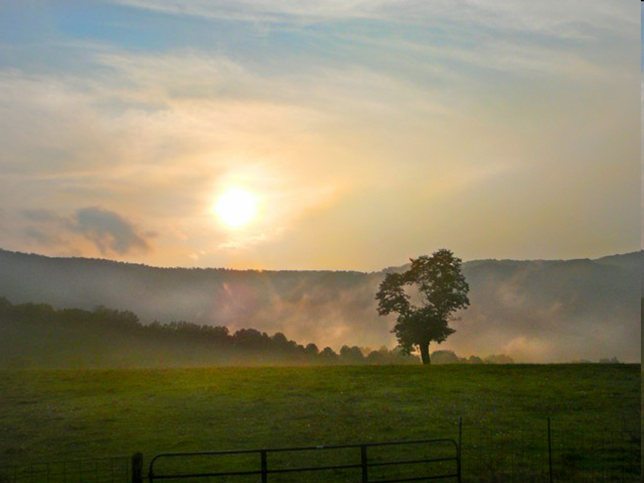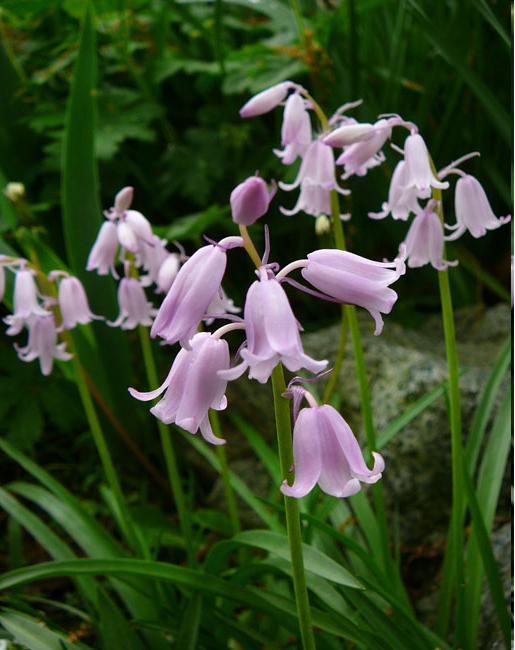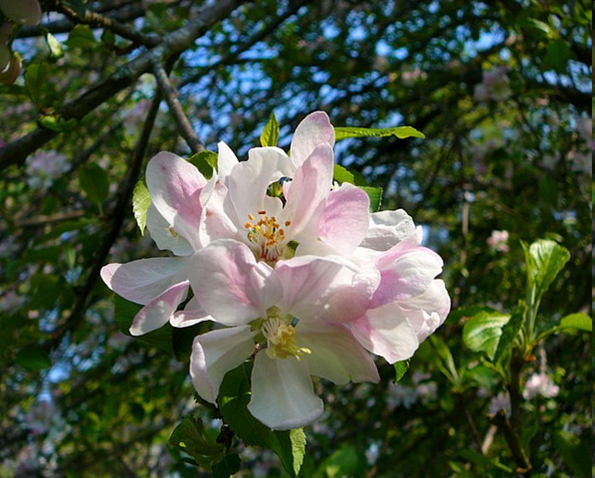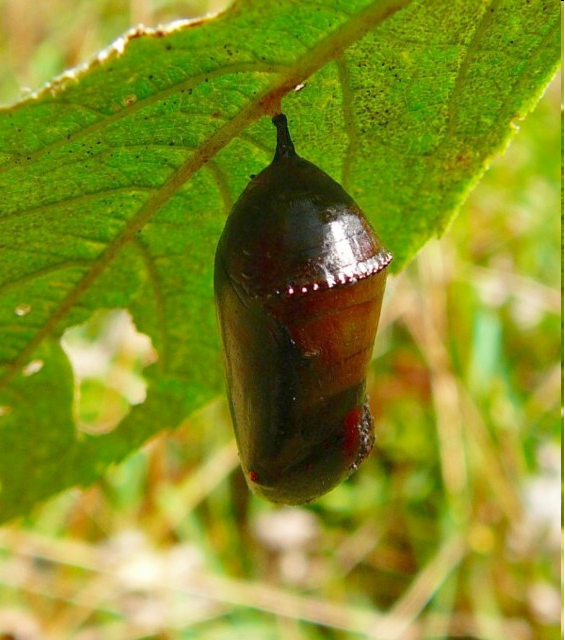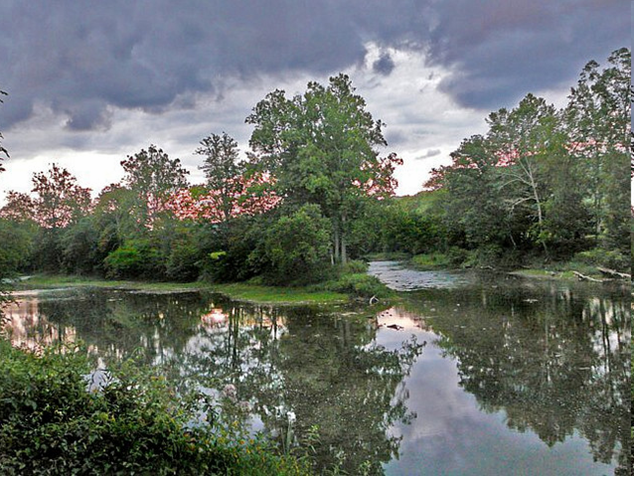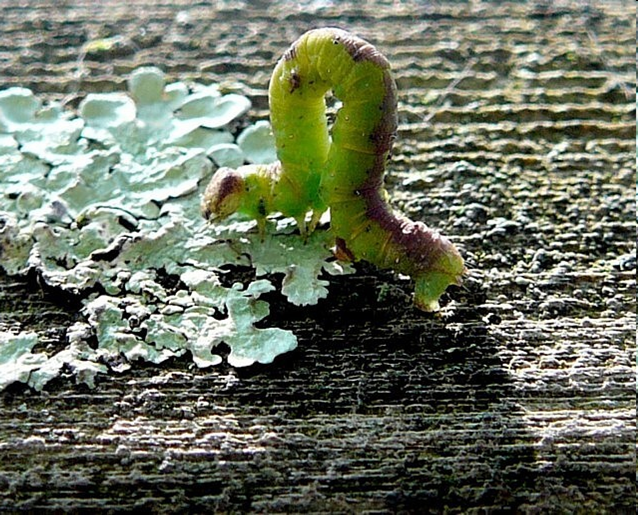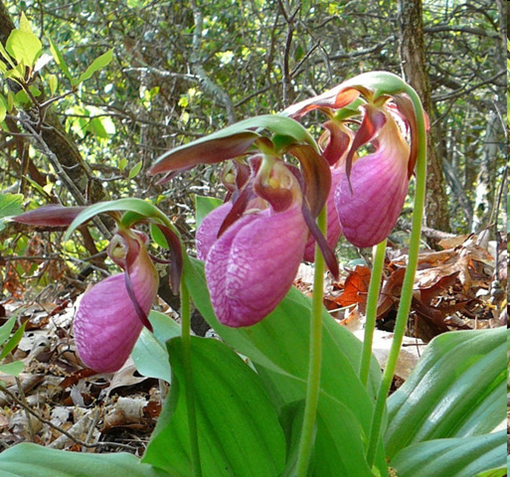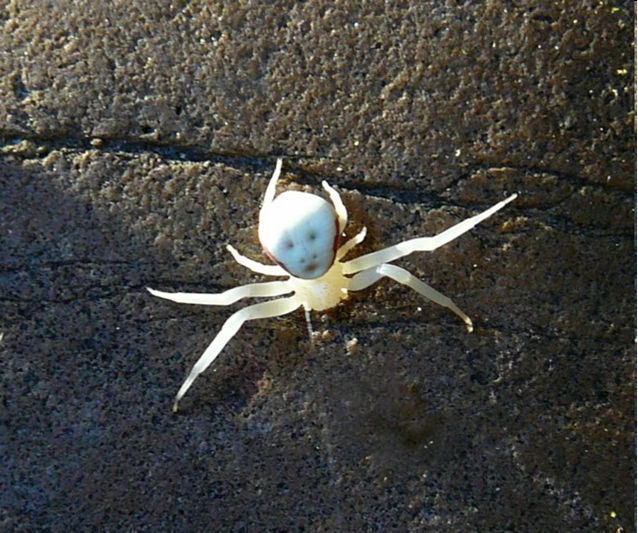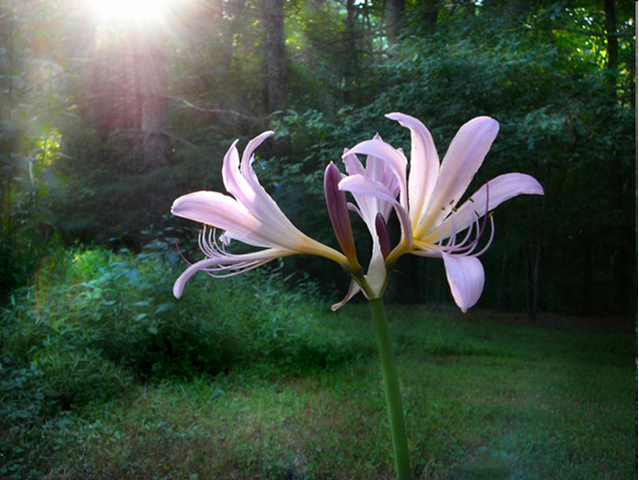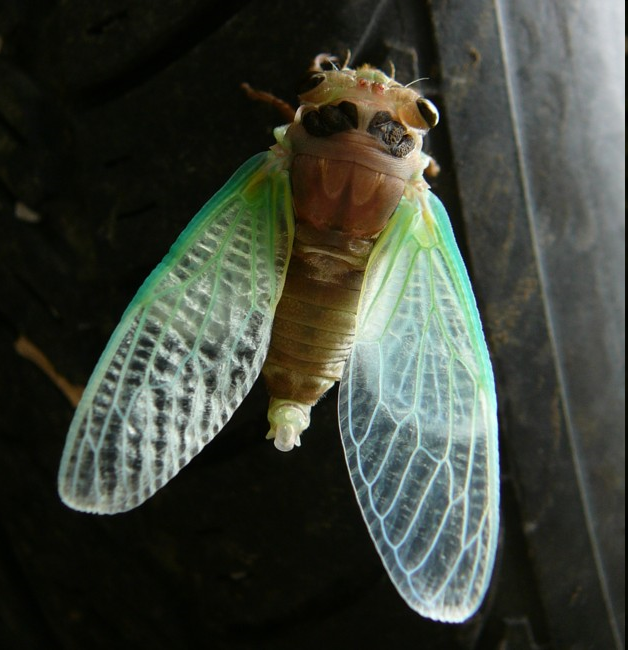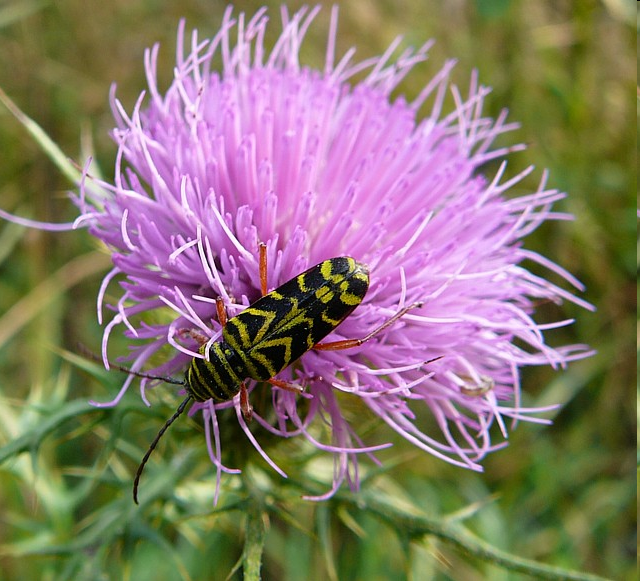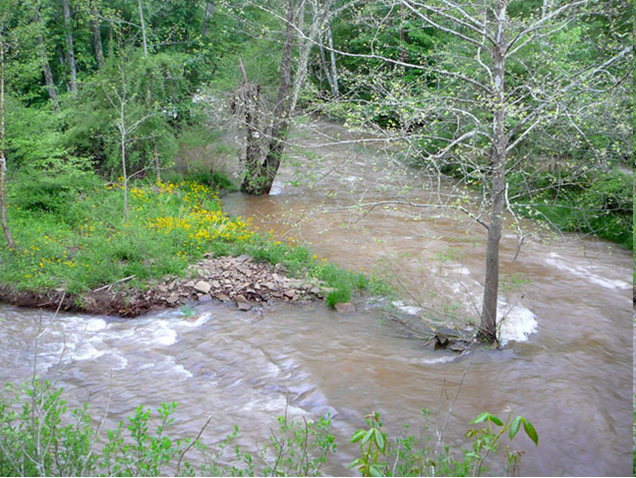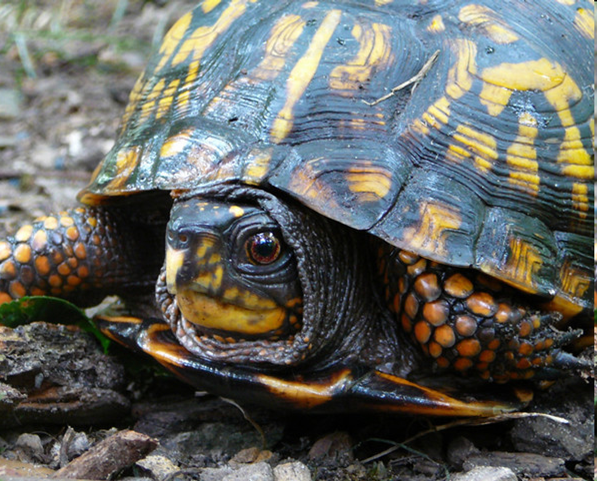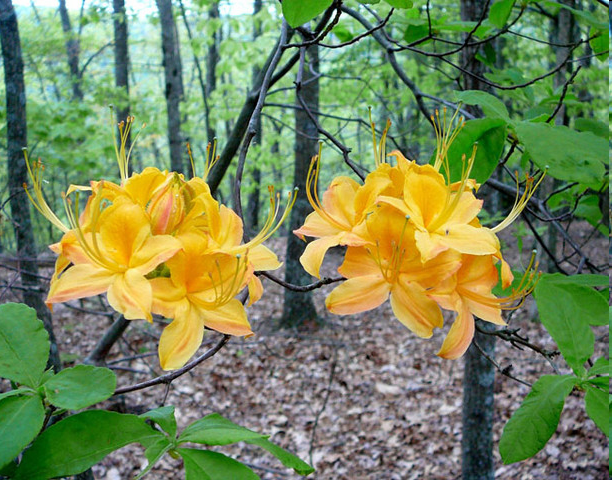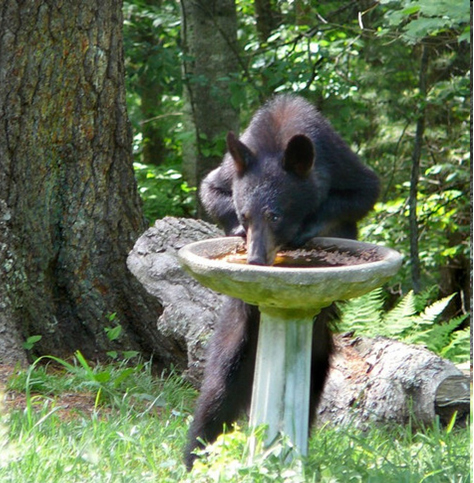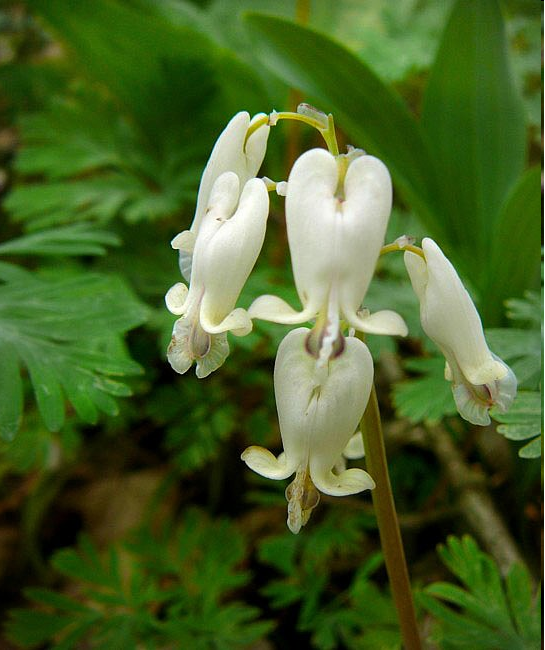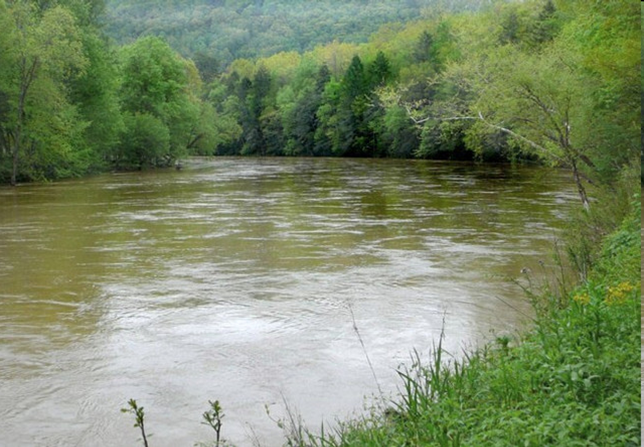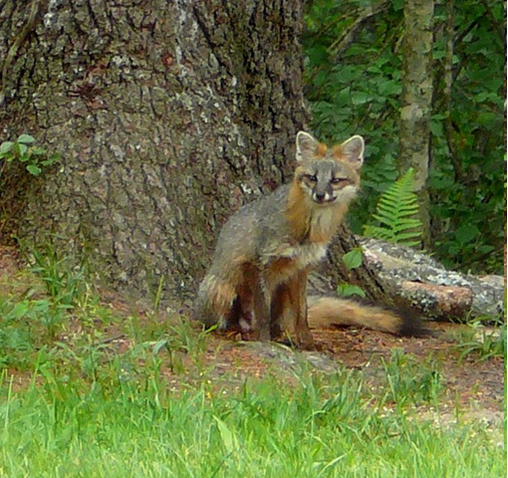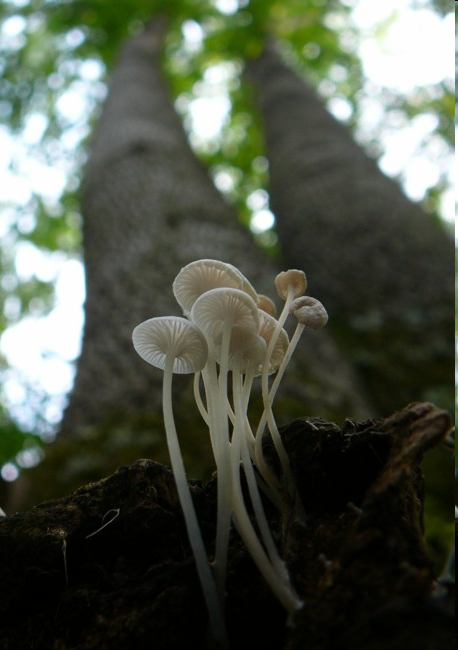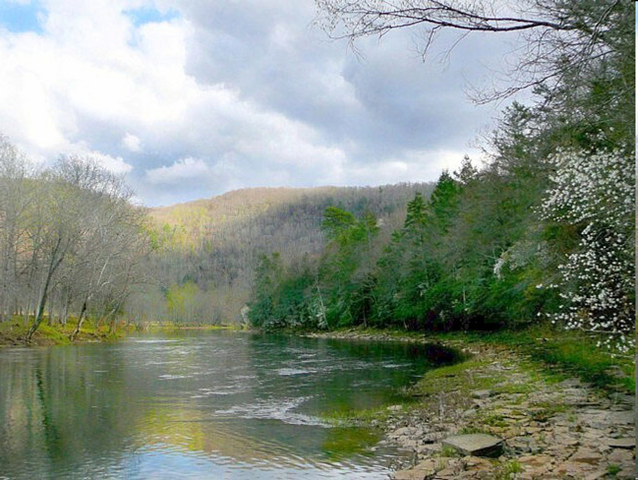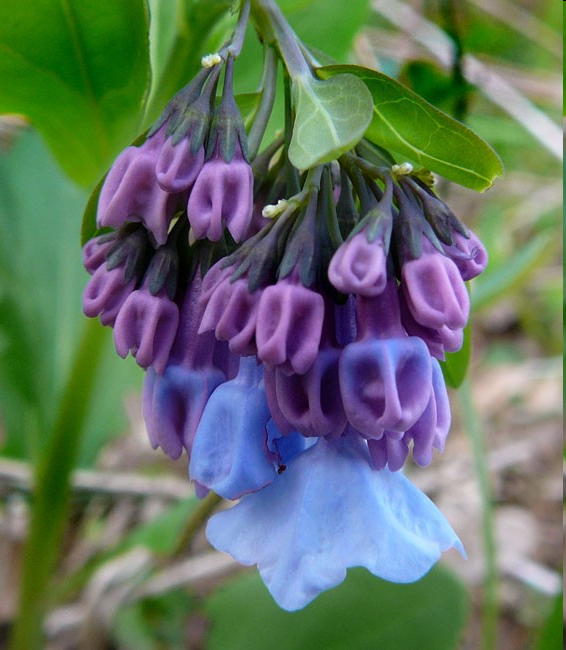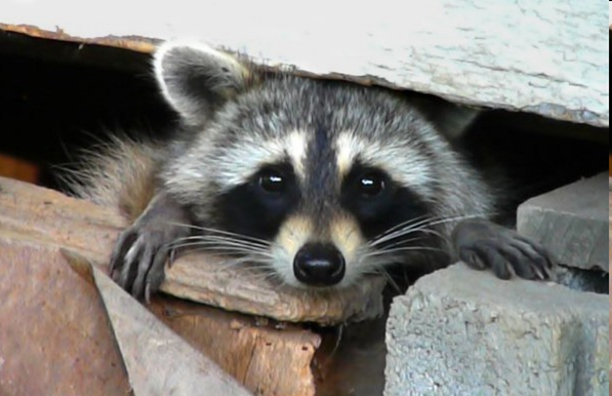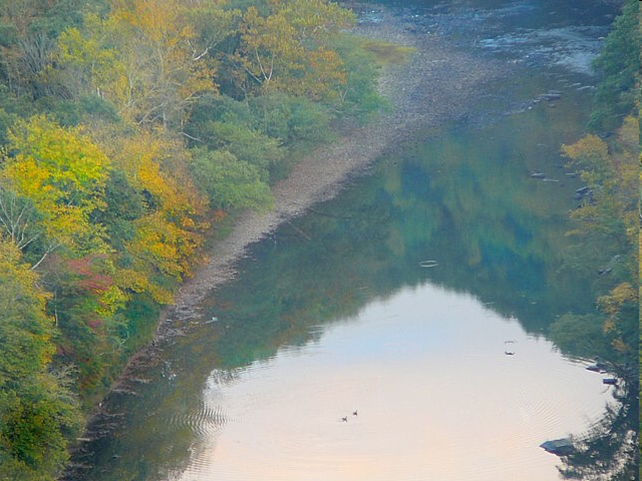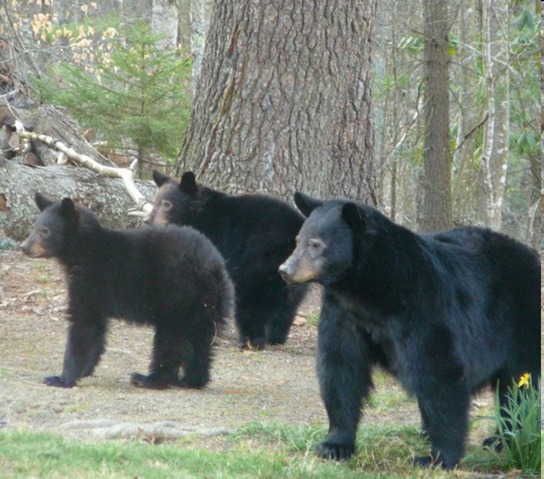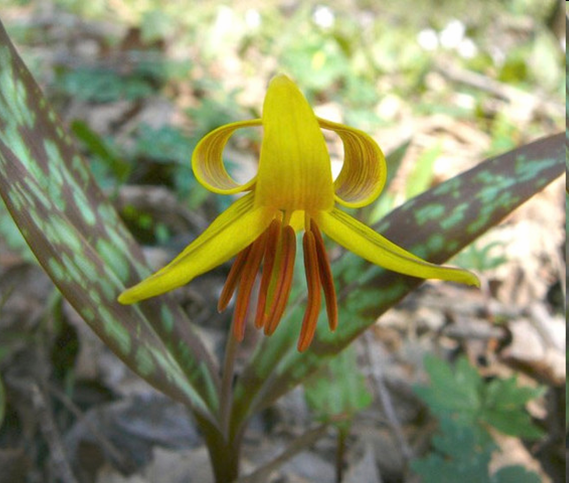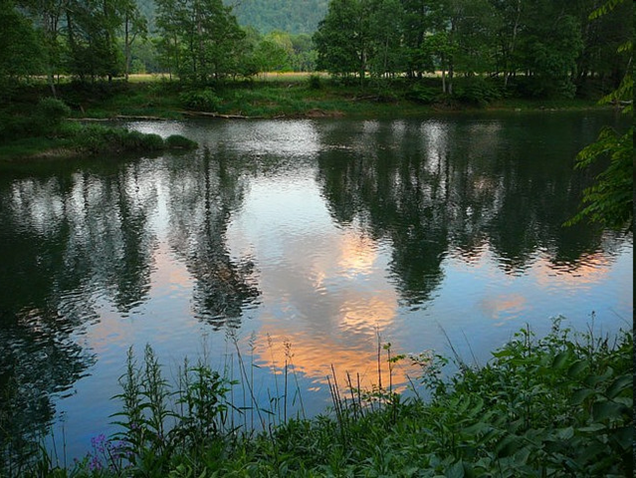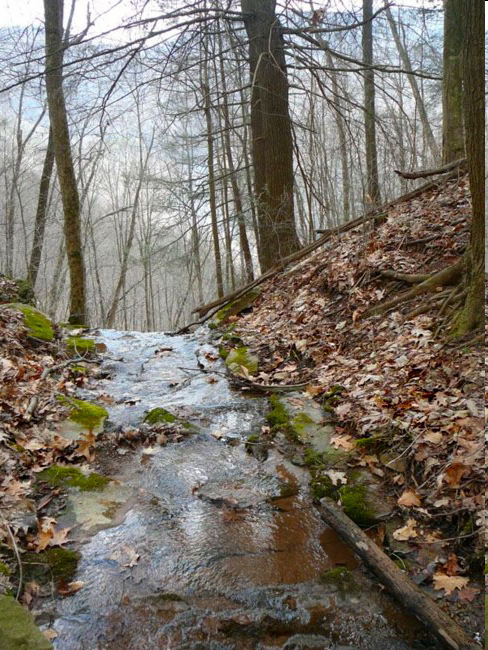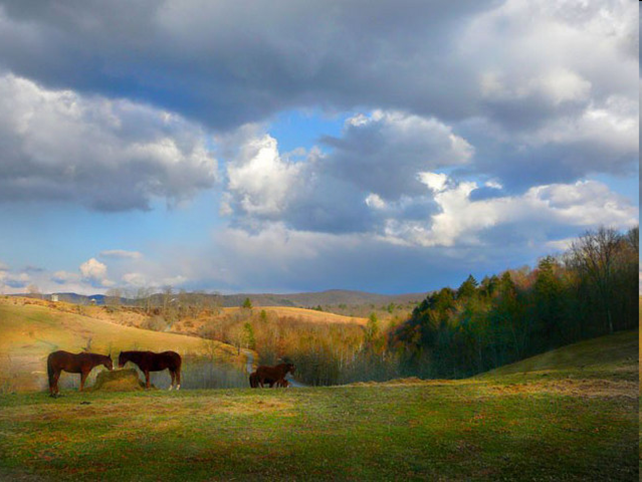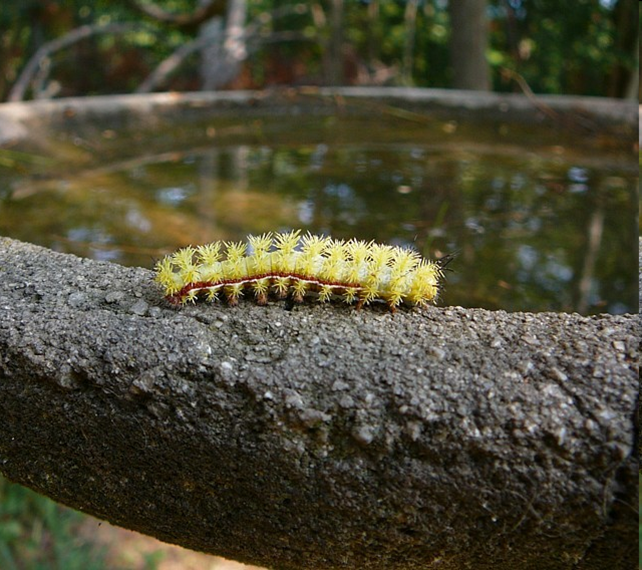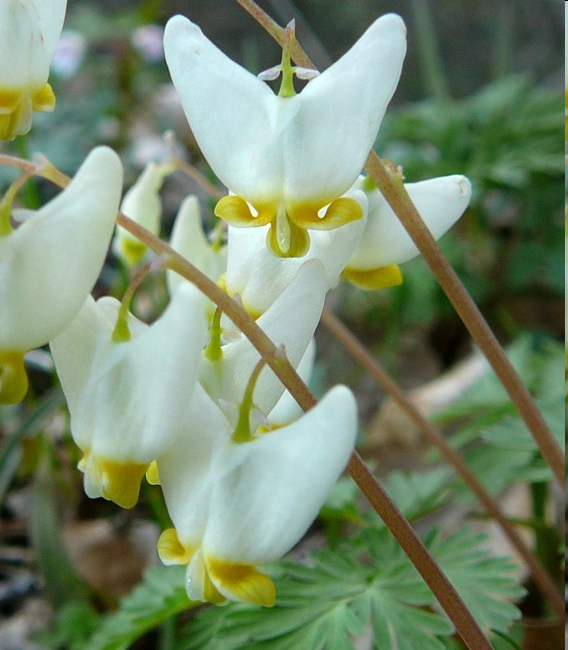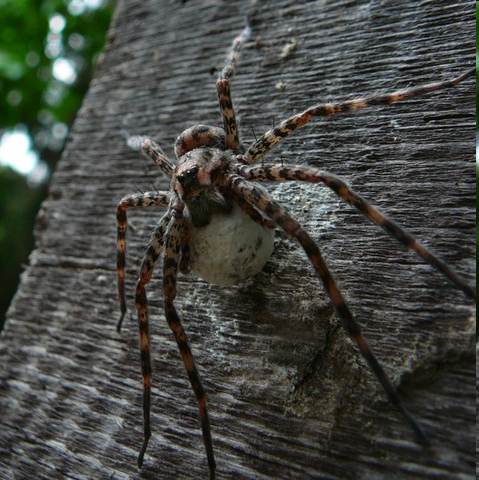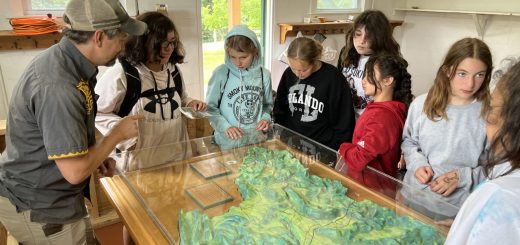Grant aimed at boosting endangered candy darter’s comeback
By Associated Press | Posted: Mon 2:40 PM, Jan 13, 2020
CHARLESTON, W.Va. (AP) — An endangered fish could get a boost from grants aimed at restoring its population in West Virginia.
The West Virginia Division of Natural Resources is matching a $61,000 grant from the U.S. Fish and Wildlife Service and use it for a program to increase numbers of the candy darter, which was listed as endangered in 2018, The Charleston Gazette-Mail reported.
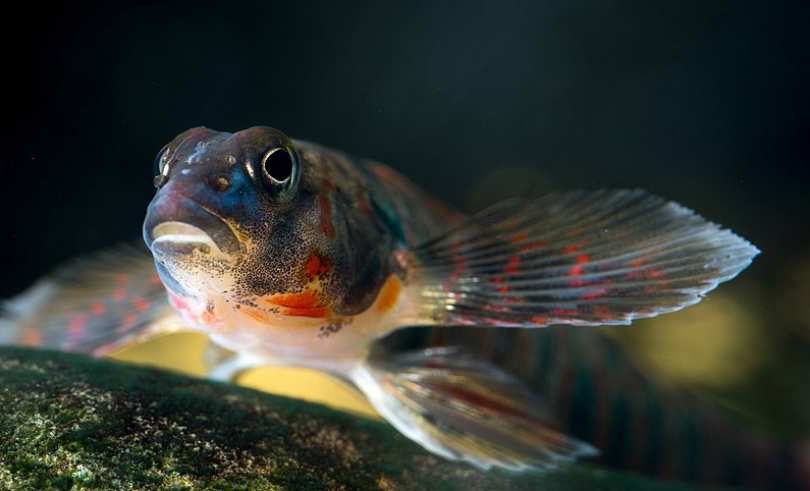
The DNR will collect candy darters, breed them at a fish hatchery in White Sulphur Springs and release them back into state streams.
“This effort represents West Virginia folks working to protect West Virginia natives,” said U.S. Fish and Wildlife Service biologist Barb Douglas. “As long as we have candy darters, we know we have quality habitat for all of our fish species.”
The rainbow-colored fish has lost nearly half its population since the 1930s. Candy darters typically live in the picturesque mountain streams that cut through parts of southern West Virginia and western Virginia.
The seldom-seen fish are about the size of a cigar and are covered in vibrant bands of teal, red and orange. They’re considered one of the most beautiful freshwater fish in the world.
Their biggest threat is “hybridization.” The variegate darter fish species was somehow introduced into some of those streams and is mating with the candy darters. Another threat is development that pollutes the streams with sediment.
In December, the U.S. Forest Service halted a logging project in West Virginia’s Monongahela National Forest to protect the candy darter.
DNR biologists moved 100 candy darters last year from the Greenbrier River’s upper tributaries to two southern West Virginia creeks. Douglas said those streams contain no variegate darters and could provide safe havens for candy darters.
“The grant will allow that work to continue,” she said. “For the next two years, candy darters will be captured out of the Greenbrier watershed, and they will be held at White Sulphur Springs and tested to make sure they’re genetically pure.
Douglas said West Virginia University will handle the genetic testing.
“While the darters are at White Sulphur, some of them will be propagated, and some of the adults will be released — either to bolster populations in streams where they currently exist, or to establish populations in streams where they don’t,” she said.
The released fish will be monitored by DNR biologists to determine the effectiveness of the restoration effort, she said.




